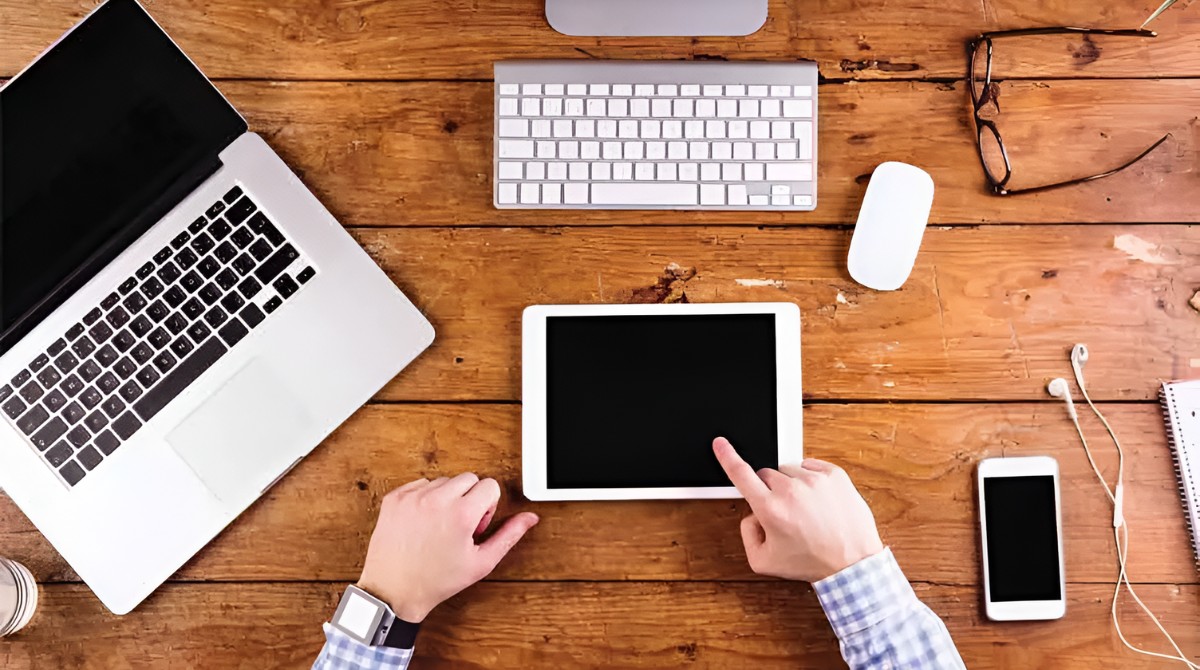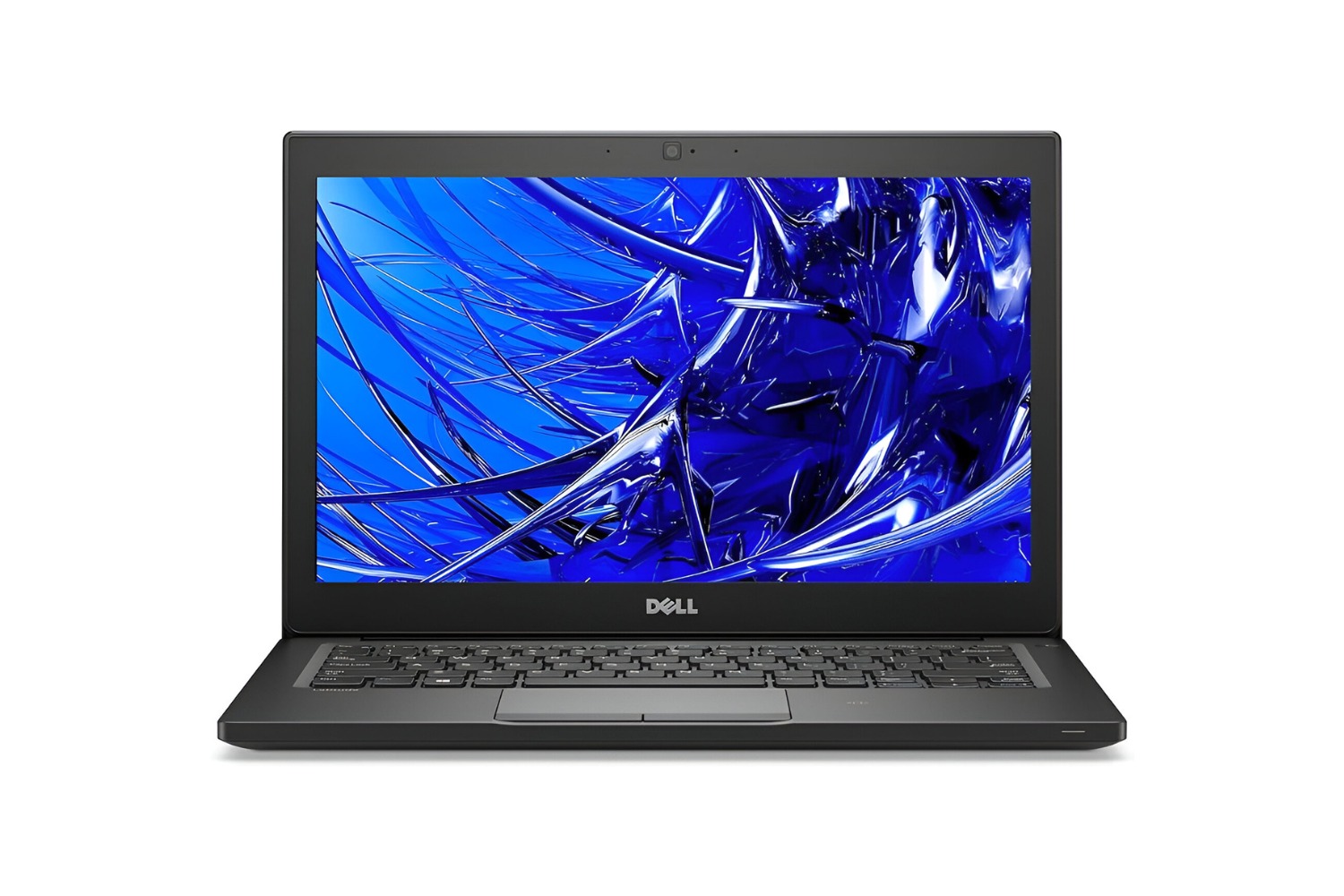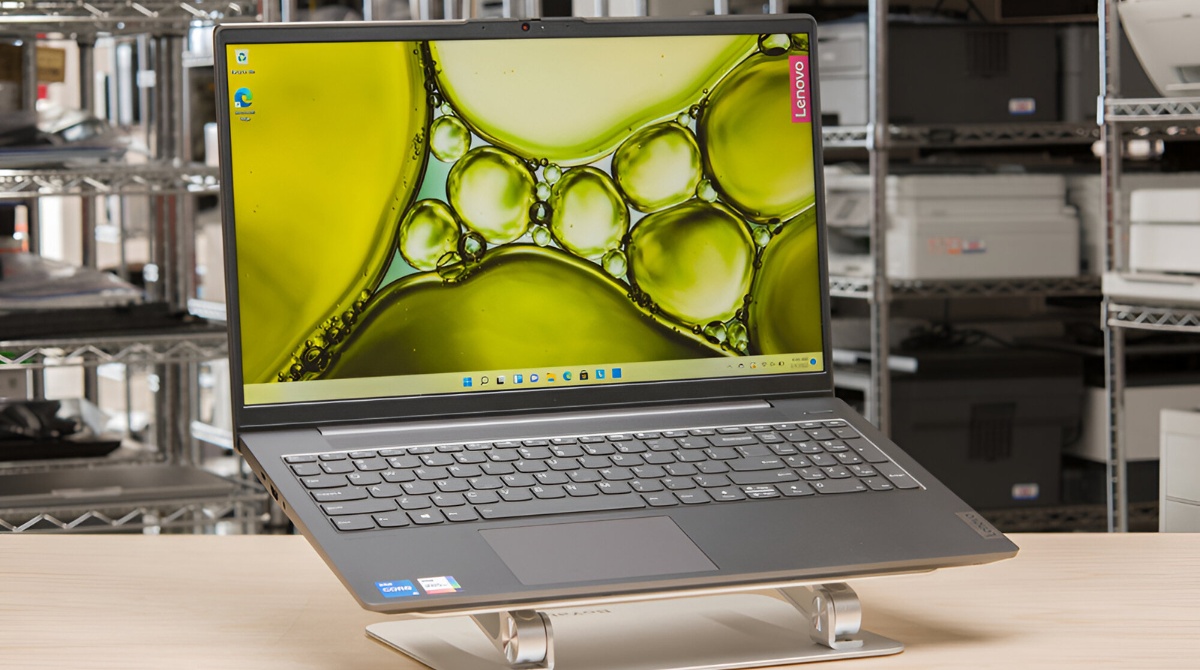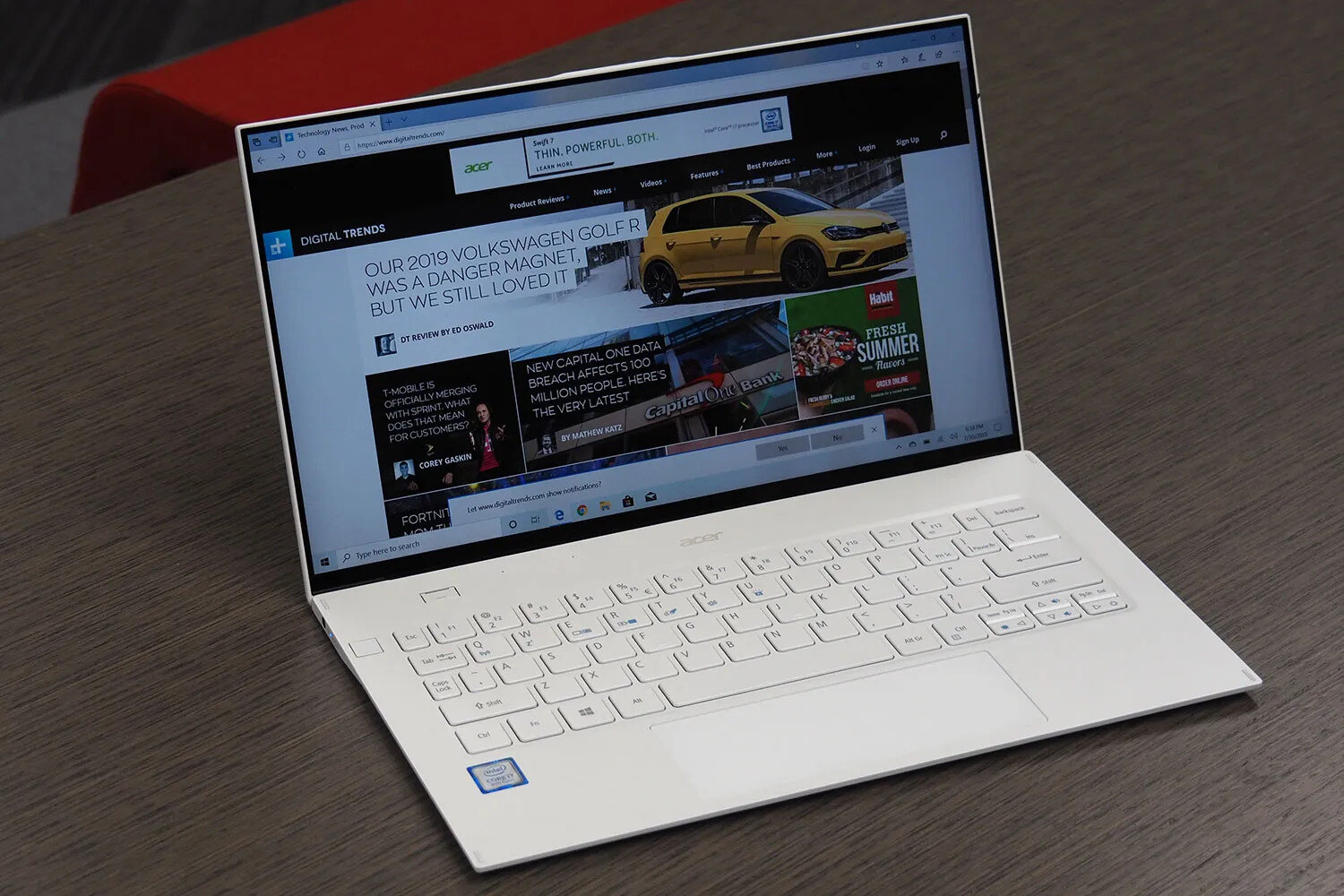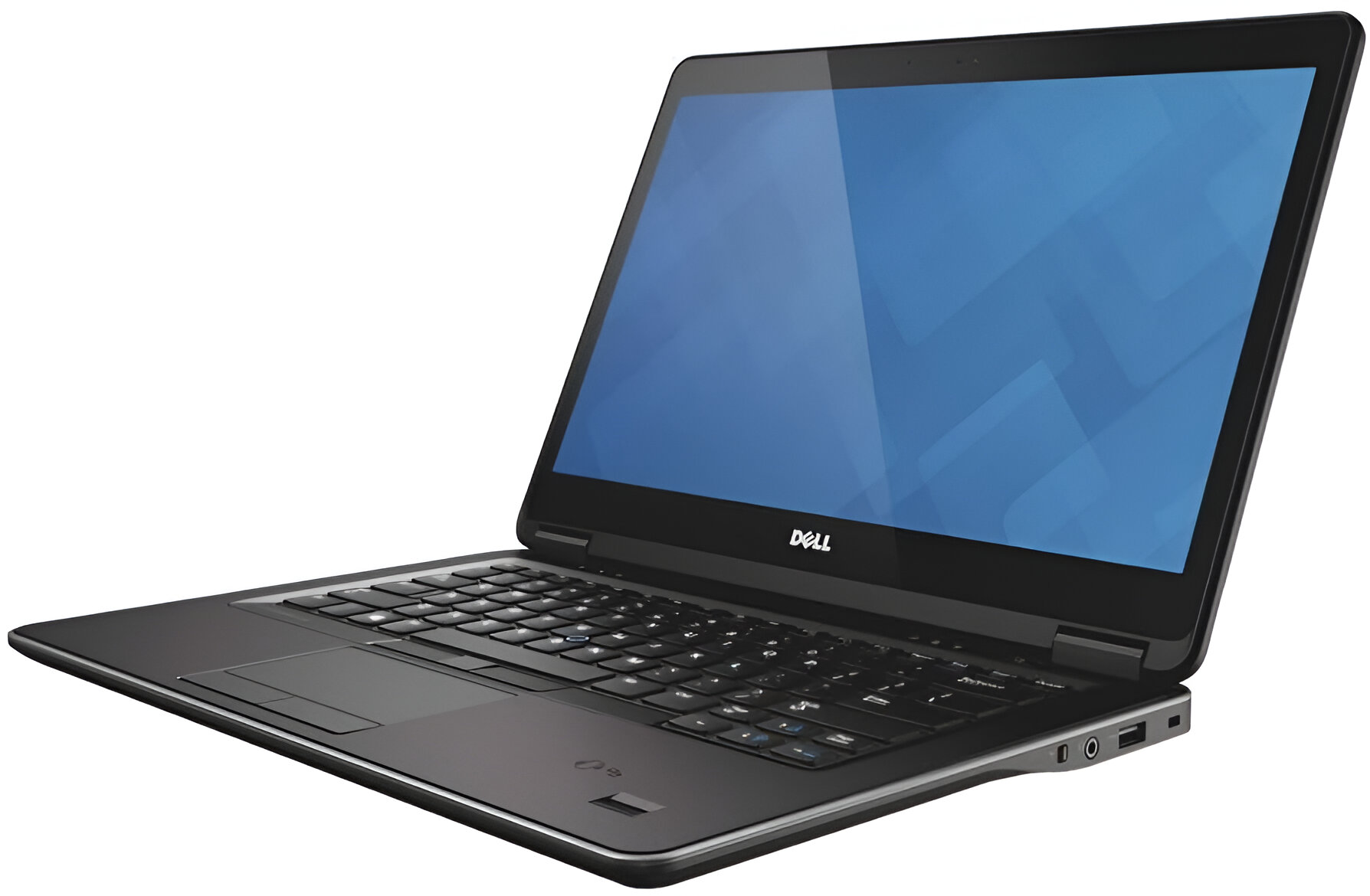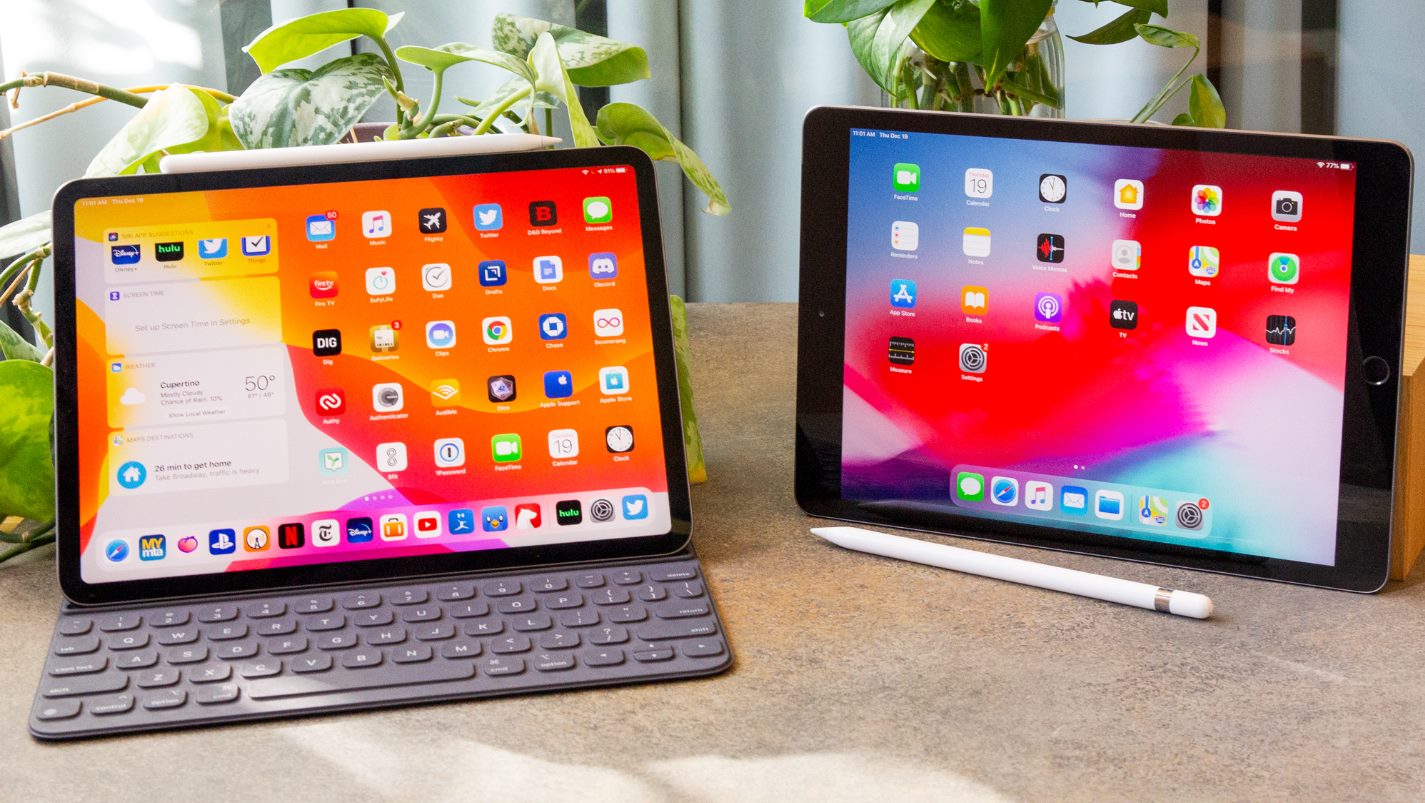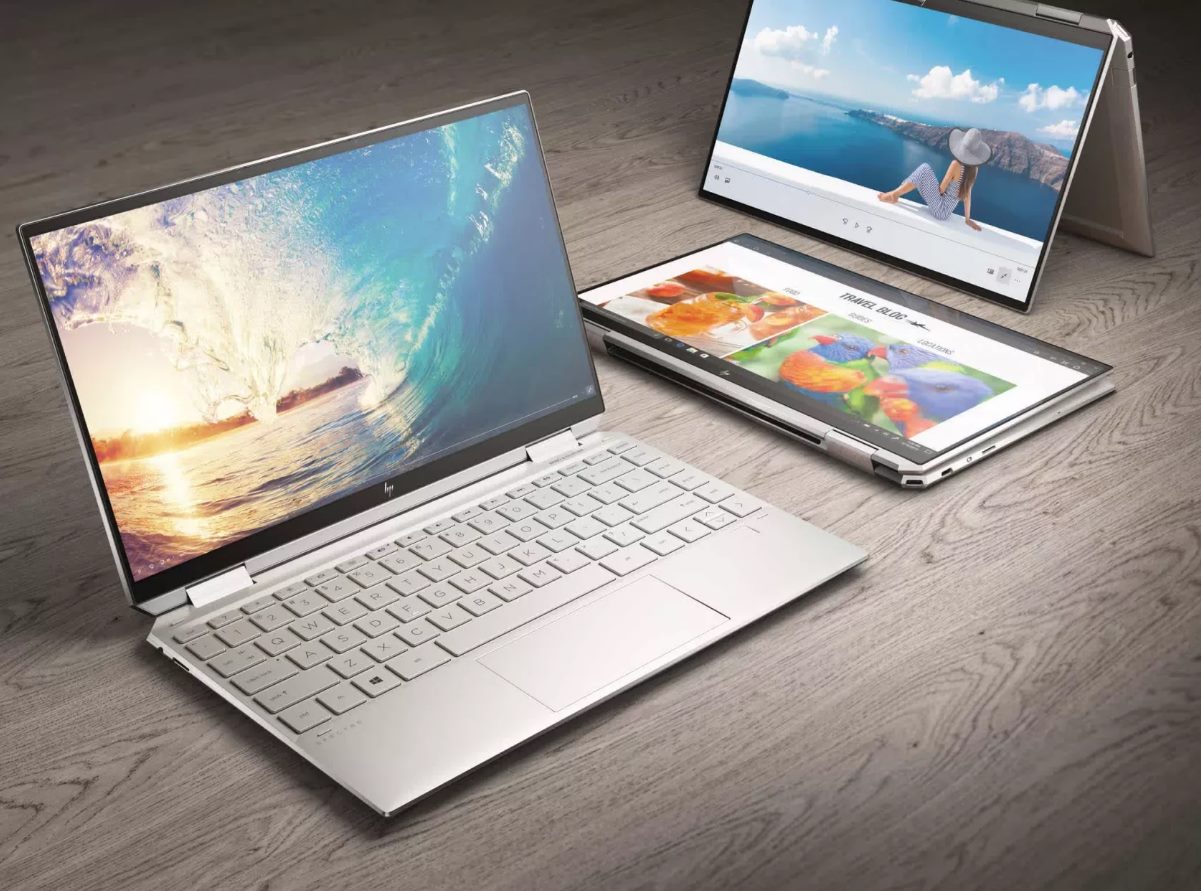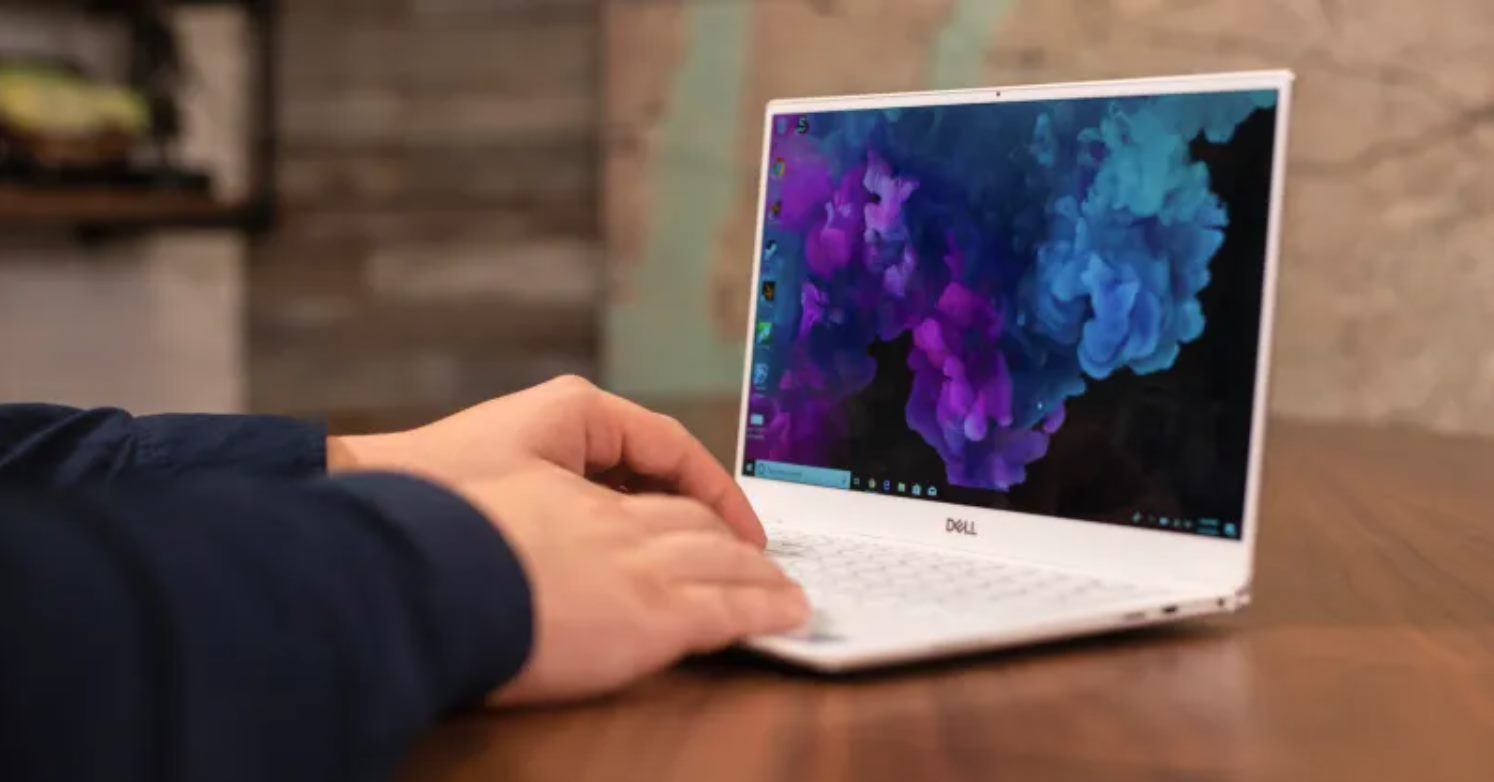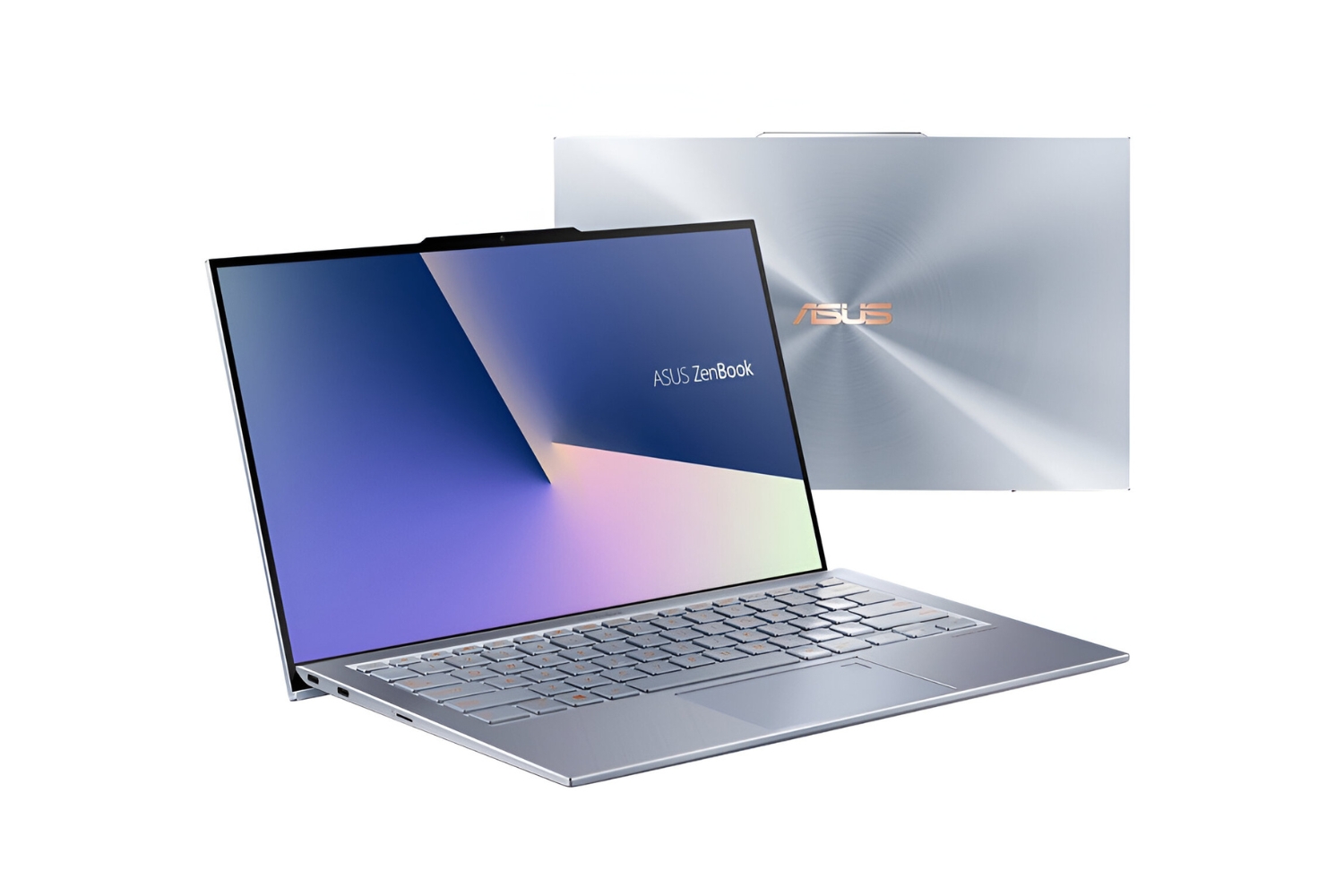Introduction
Welcome to our detailed comparison between tablets and ultrabooks. In today’s modern world, technology has become an integral part of our lives, and portable devices have become increasingly popular among users. Tablets and ultrabooks are two of the most sought-after devices in the market, offering users a convenient and portable way to stay connected, work, and entertain themselves on the go.
With their sleek designs, compact sizes, and powerful functionalities, tablets and ultrabooks have revolutionized the way we work and consume digital content. However, when it comes to choosing between these two devices, one of the crucial factors that users take into consideration is weight. After all, who wants to carry around a heavy device that adds unnecessary strain to their already busy lifestyles?
In this article, we will delve deep into the comparison of the weight of tablets and ultrabooks. We will explore the factors that influence the weight of these devices, analyze the pros and cons of each, and provide insights into some of the popular tablets and ultrabooks available in the market today.
By the end of this article, you’ll be equipped with the knowledge and understanding necessary to make an informed decision about which device is lighter and better suited to your needs. So without further ado, let’s dive in and explore the world of tablets and ultrabooks!
Comparing the Weight of Tablets and Ultrabooks
When it comes to comparing the weight of tablets and ultrabooks, it’s important to consider the form factor and design of each device. Tablets are known for their slim and lightweight build, making them incredibly portable. On the other hand, ultrabooks are thin and lightweight laptops that offer a balance between portability and performance.
Generally, tablets tend to be lighter than ultrabooks. This is because tablets are specifically designed to be highly portable and convenient for on-the-go use. They often weigh between 1 to 1.5 pounds (450 to 680 grams), depending on the size and model. Some of the lightest tablets on the market weigh as little as 0.6 pounds (272 grams), making them incredibly easy to carry around in a bag or even hold with one hand.
Ultrabooks, while still lightweight compared to traditional laptops, typically weigh between 2.5 to 4 pounds (1.1 to 1.8 kilograms). These devices are slightly heavier due to their larger screens, additional components, and increased processing power. However, manufacturers have been striving to make ultrabooks as light as possible without compromising on performance, resulting in models with weights as low as 2 pounds (0.9 kilograms).
It’s worth noting that the weight of both tablets and ultrabooks can vary significantly depending on the screen size, material used, and internal hardware. For example, tablets with larger screens, such as 12.9-inch models, may weigh slightly more due to the increased display size. On the other hand, ultrabooks with smaller screens, typically around 13 inches, tend to be lighter compared to those with larger displays like 15 inches.
Another factor to consider is the presence of additional features and functionalities. Some tablets come with detachable keyboards or stylus pens, which may add a little extra weight. Ultrabooks, while not as versatile in terms of tablet-like functionality, may incorporate touchscreens or convertible designs, contributing to their overall weight.
Ultimately, the weight of tablets and ultrabooks plays a crucial role in determining their portability and convenience. If you prioritize lightweight and effortless carrying, tablets are the way to go. However, if you require a balance of performance and portability, ultrabooks offer a suitable option, despite being slightly heavier than tablets.
Factors That Affect the Weight of Tablets and Ultrabooks
The weight of tablets and ultrabooks can vary due to several factors. Understanding these factors can give you insight into why some devices are lighter or heavier than others.
1. Screen Size: One of the main factors that affect the weight of a tablet or ultrabook is the size of the screen. Generally, larger screens tend to be heavier as they require more materials for construction. Smaller devices, like tablets with 7 to 10-inch screens, are typically lighter compared to those with larger displays.
2. Material Used: The choice of materials used in the construction of tablets and ultrabooks can significantly impact their weight. Manufacturers often opt for lightweight materials like aluminum, carbon fiber, or magnesium alloy to reduce the overall weight while maintaining durability and structural integrity.
3. Internal Components: The internal components, such as the processor, memory, storage, and battery, can contribute to the weight of a device. More powerful components often require more space and can add weight. However, advancements in technology have allowed for the development of lightweight and efficient components that minimize weight without sacrificing performance.
4. Battery Capacity: The battery is a significant contributor to the weight of tablets and ultrabooks. Devices with larger batteries, designed to provide longer battery life, tend to be slightly heavier. However, technological advancements have led to the development of more energy-efficient batteries, reducing the weight while maintaining adequate battery life.
5. Additional Features: Built-in features such as keyboards, stylus pens, cameras, and ports can increase the weight of tablets and ultrabooks. Tablets with detachable keyboards or ultrabooks with touchscreen displays can be slightly heavier due to the necessary components and mechanisms.
6. Design and Build: The overall design and build of a device can influence its weight. Manufacturers strive to create sleek and lightweight designs that prioritize portability without compromising functionality. Innovative engineering techniques, such as removing unnecessary components or utilizing thinner bezels, can help reduce weight without sacrificing performance.
It is important to note that different manufacturers have different strategies when it comes to the weight of their devices. Some may prioritize extreme portability while others focus on performance, which can result in varying weights for tablets and ultrabooks in the same category.
By considering these factors, you can make an informed decision about which device best suits your needs and preferences in terms of weight and portability.
Pros and Cons of Tablets
Tablets have gained immense popularity in recent years due to their compact size, versatility, and convenience. However, like any electronic device, tablets have their own set of pros and cons that should be considered before making a purchase decision.
Pros:
- Portability: One of the biggest advantages of tablets is their portability. They are lightweight, slim, and easy to carry around, making them ideal for travel, commuting, and on-the-go use.
- Touchscreen Interface: Tablets feature intuitive touchscreen interfaces, allowing users to navigate through applications, browse the internet, and interact with content using their fingers. This tactile experience offers a more engaging and immersive user experience.
- Long Battery Life: Tablets are known for their impressive battery life, often lasting several hours on a single charge. This is particularly useful for users who require extended periods of usage without access to a power source.
- Wide Range of Applications: Tablets have access to a vast ecosystem of applications, providing users with an extensive selection of productivity tools, entertainment options, and educational resources. From gaming to video streaming to document editing, tablets offer diverse functionality in a portable package.
- Flexible Use: Many tablets come with detachable keyboards or support external accessories, allowing users to transform them into makeshift laptops for increased productivity. This flexibility makes tablets suitable for both work and leisure activities.
Cons:
- Limited Processing Power: While tablets offer sufficient performance for everyday tasks like web browsing, media consumption, and light productivity work, they generally have lower processing power compared to laptops or desktop computers. They may struggle with resource-intensive applications or multitasking.
- Smaller Screen Size: Tablets typically have smaller screen sizes compared to laptops or desktops. While this can enhance portability, it may limit the viewing experience, especially for tasks that require a larger display, such as video editing or graphic design.
- Limited Storage: Many tablets have limited onboard storage capacity. This can pose a challenge for users who need to store large amounts of media files, documents, or applications. However, cloud storage and external storage options can help mitigate this limitation.
- Lack of Full Desktop Experience: Tablets often provide a simplified mobile version of operating systems, which may not offer the same comprehensive functionality as traditional desktop operating systems. This can limit the range of software and customization options available to users.
- Dependence on Touchscreen: While touchscreens are a defining feature of tablets, they may not be suitable for all tasks. Activities that require precise data input or extensive typing may be more cumbersome on a touchscreen interface compared to a physical keyboard and mouse.
By weighing these pros and cons, you can determine whether a tablet is the right device for your needs and preferences. Tablets excel in portability, versatility, and on-the-go usage, but may have limitations in terms of processing power and screen size.
Pros and Cons of Ultrabooks
Ultrabooks are a category of slim and lightweight laptops that offer a balance between portability and performance. Their sleek design and powerful capabilities have made them a popular choice among professionals, students, and individuals who require a portable computing device. However, as with any technology, ultrabooks come with their own set of pros and cons that should be considered before making a purchasing decision.
Pros:
- Portability: Ultrabooks are designed to be highly portable, typically weighing between 2.5 to 4 pounds. Their thin and lightweight build makes them easy to carry around, making them ideal for travelers, commuter students, or anyone on the go.
- Performance: Ultrabooks are equipped with powerful processors, ample RAM, and fast storage, allowing for efficient multitasking and handling resource-intensive tasks such as video editing, graphic design, and software development. They offer a seamless and responsive computing experience.
- Long Battery Life: Ultrabooks are engineered to be energy-efficient, resulting in longer battery life compared to traditional laptops. Many models offer battery life that can last a full day, ensuring productivity without the need to constantly search for a power source.
- High-Quality Display: Ultrabooks often boast high-quality displays with vibrant colors, sharp resolution, and wide viewing angles. This makes them well-suited for tasks that require detailed visuals, such as photo/video editing, watching movies, or professional presentations.
- Enhanced Security: Many ultrabooks come equipped with advanced security features such as fingerprint scanners or facial recognition technology. These features add an additional layer of protection to your data, providing peace of mind when it comes to mobile security.
Cons:
- Higher Price: Ultrabooks generally come with a higher price tag compared to traditional laptops or tablets. Their premium build quality, lightweight design, and powerful specifications contribute to the increased cost.
- Limited Upgradeability: Due to their slim and compact design, ultrabooks often have limited upgrade options. Components such as RAM and storage may be soldered onto the motherboard, making it difficult to upgrade or replace them in the future.
- Less Versatility: While ultrabooks can handle most computing tasks with ease, they may not be as versatile as tablets. Tasks that require touch or stylus input, or specific tablet-based applications, may be better suited for a tablet rather than an ultrabook.
- Screen Size Limitations: Ultrabooks typically have smaller screen sizes compared to larger laptops or desktops. This can limit the visual and viewing experience, particularly for tasks that require extensive display real estate, such as video editing or complex spreadsheets.
- Less Portability than Tablets: Although ultrabooks are lightweight and portable, they are typically heavier and bulkier than tablets. If ultimate portability is your top priority, tablets may be a more suitable option.
Considering these pros and cons will help you determine if an ultrabook aligns with your specific needs and preferences. Ultrabooks excel in terms of portability, performance, display quality, and enhanced security, but may be limited in upgradeability and overall versatility compared to other devices.
Popular Tablets on the Market
The tablet market is filled with a wide range of options, each offering its unique features and functionalities. Here are some of the popular tablets that have gained recognition and popularity among consumers:
1. Apple iPad: The iPad lineup from Apple has been dominating the tablet market for years. With its sleek design, powerful hardware, and user-friendly interface, the iPad is known for its exceptional performance and extensive app ecosystem. The latest models include the iPad Air and iPad Pro, catering to a range of budgets and requirements.
2. Samsung Galaxy Tab: Samsung’s Galaxy Tab series has become a strong competitor to the iPad. Offering a diverse range of models and sizes, the Galaxy Tab features vibrant displays, powerful processors, and expandable storage options. Samsung has also incorporated features like a stylus (S Pen) with some of their models, enhancing productivity and creativity.
3. Microsoft Surface: The Microsoft Surface tablets are known for their combination of tablet-like portability and laptop-like productivity. With their detachable keyboards and Windows operating system, Surface tablets offer a full desktop experience while retaining the benefits of a tablet form factor. They are popular among professionals and students who require the versatility of both a tablet and a laptop.
4. Amazon Fire HD: Amazon’s Fire HD series offers affordable tablets that are perfect for media consumption and casual gaming. These tablets feature high-quality displays, solid performance, and access to Amazon’s vast collection of digital content. They are especially popular among Amazon Prime members due to the seamless integration with Amazon’s services.
5. Google Pixel Slate: The Google Pixel Slate is a premium tablet that runs on Chrome OS, offering a seamless integration with Google’s services and access to the Google Play Store. With its high-resolution display, powerful processors, and support for a detachable keyboard and stylus, the Pixel Slate appeals to users who value productivity, multimedia, and the versatility of a tablet-laptop hybrid.
6. Lenovo Tab Series: Lenovo has a range of tablets under its Tab series that caters to different preferences and budgets. From affordable entry-level tablets to high-performance models, Lenovo offers a diverse lineup that includes features like large displays, long battery life, and expandable storage options.
These are just a few examples of the popular tablets available on the market. It’s crucial to consider factors such as operating system, display size, processing power, storage capacity, and overall user experience to choose the tablet that best suits your needs and preferences.
Popular Ultrabooks on the Market
Ultrabooks have gained significant popularity in recent years, offering a perfect blend of portability, performance, and sleek design. Here are some of the popular ultrabooks that have made a mark in the market:
1. Dell XPS 13: The Dell XPS 13 is renowned for its thin bezel display, powerful performance, and premium build quality. It features a range of configurations to suit different needs, including high-resolution displays, fast processors, and ample storage. The XPS 13 series has been consistently praised for its design and performance.
2. Apple MacBook Air: Apple’s MacBook Air is a well-known and beloved ultrabook that offers a lightweight design, long battery life, and a seamless user experience. The latest MacBook Air models come with Apple’s M1 chip, offering exceptional performance and efficiency. They also feature a Retina display, Magic Keyboard, and ample storage options.
3. ASUS ZenBook series: ASUS has a stellar reputation for its ZenBook lineup, which combines sleek design with powerful performance. The ZenBook series offers a variety of models, ranging from entry-level to high-end configurations, catering to different budgets. These ultrabooks often feature high-resolution displays, fast processors, and innovative design elements.
4. HP Spectre x360: The HP Spectre x360 is a versatile 2-in-1 ultrabook that offers both a laptop and a tablet experience. It features a flexible hinge, allowing the display to be rotated 360 degrees. This provides users with the option to use it as a traditional laptop or as a tablet. The Spectre x360 boasts premium build quality, powerful performance, and vibrant displays.
5. Lenovo ThinkPad series: The Lenovo ThinkPad series is well-regarded for its business-oriented features, durability, and excellent keyboard design. These ultrabooks offer a combination of power and reliability necessary for professional use. They often feature robust security features, long battery life, and ergonomic designs.
6. Microsoft Surface Laptop: Microsoft’s Surface Laptop lineup offers a blend of style, performance, and portability. With their sleek aluminum bodies, high-resolution displays, and powerful processors, these ultrabooks are popular among students and professionals. They come with a Windows operating system and offer a seamless integration with Microsoft’s productivity tools.
These are just a few examples of the popular ultrabooks available on the market. Ultimately, choosing the right ultrabook involves considering factors like performance, build quality, display size, storage capacity, and user experience to find the perfect balance between mobility and productivity that fits your needs and preferences.
Conclusion
In conclusion, the weight of tablets and ultrabooks is a crucial aspect to consider when choosing the right device for your needs. Tablets, with their slim and lightweight designs, excel in portability and convenience, making them ideal for on-the-go use. Ultrabooks, on the other hand, strike a balance between portability and performance, offering a more powerful computing experience without sacrificing too much in terms of weight.
While tablets are generally lighter than ultrabooks, their smaller screen sizes, limited processing power, and potential limitations in terms of storage and versatility may not suit everyone’s requirements. Ultrabooks, though slightly heavier, offer a more robust performance, larger displays, and a fuller desktop-like experience that some users may find essential for their work, multimedia consumption, or other intensive tasks.
When it comes to popular tablets, options like the Apple iPad, Samsung Galaxy Tab, and Microsoft Surface have gained widespread recognition for their powerful performance, extensive app ecosystems, and user-friendly interfaces. On the other hand, popular ultrabooks such as Dell XPS 13, Apple MacBook Air, and ASUS ZenBook series have garnered praise for their sleek designs, high-quality displays, and impressive performance.
Ultimately, the choice between a tablet and an ultrabook depends on your specific needs, preferences, and priorities. Consider factors such as screen size, processing power, storage capacity, versatility, and overall portability to determine which device aligns best with your requirements.
It’s important to note that technology is ever-evolving, and new models with enhanced features and improved portability continue to hit the market regularly. Therefore, it’s advisable to conduct thorough research, read reviews, and compare specifications to ensure you make an informed decision based on the latest offerings in the market.
So, whether you opt for a lightweight and versatile tablet or a sleek and powerful ultrabook, both devices have their unique advantages and can greatly enhance your digital experience in today’s fast-paced world.







